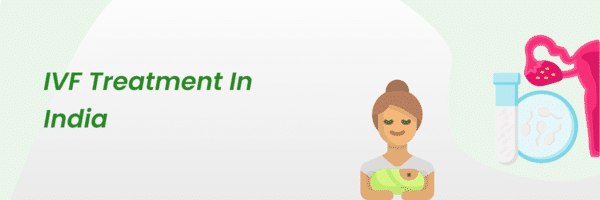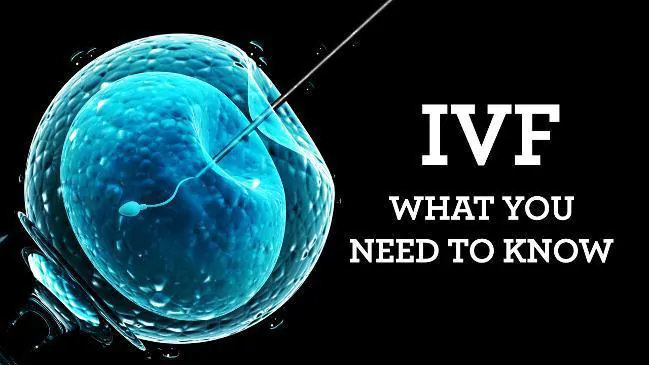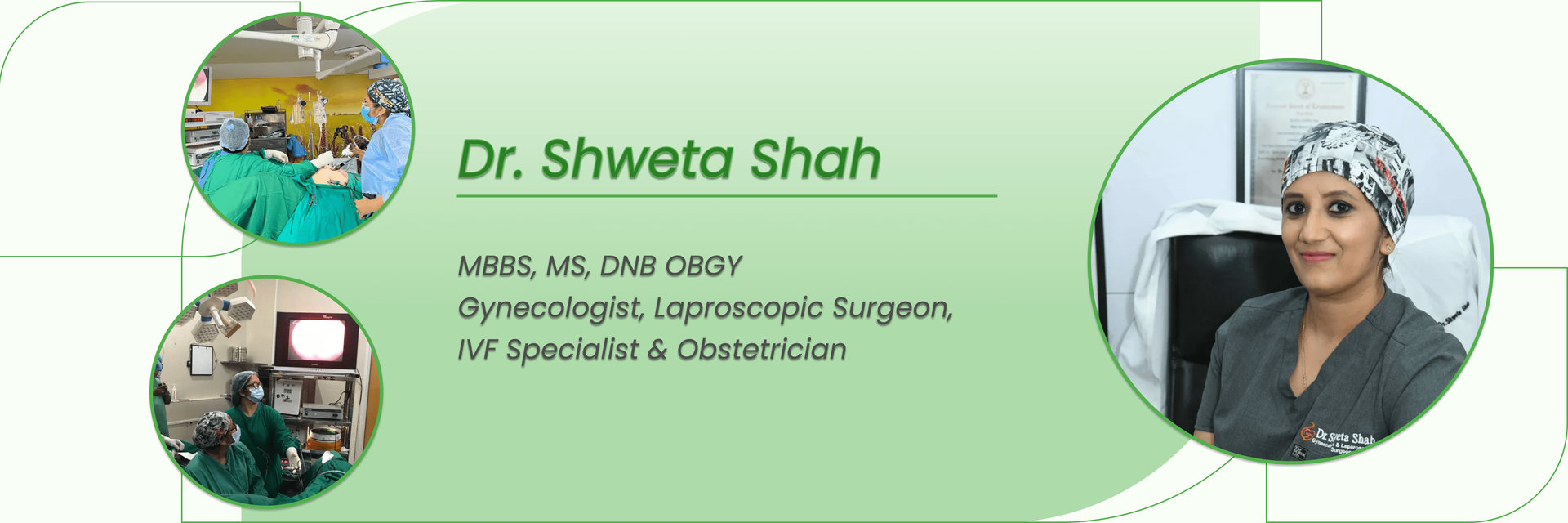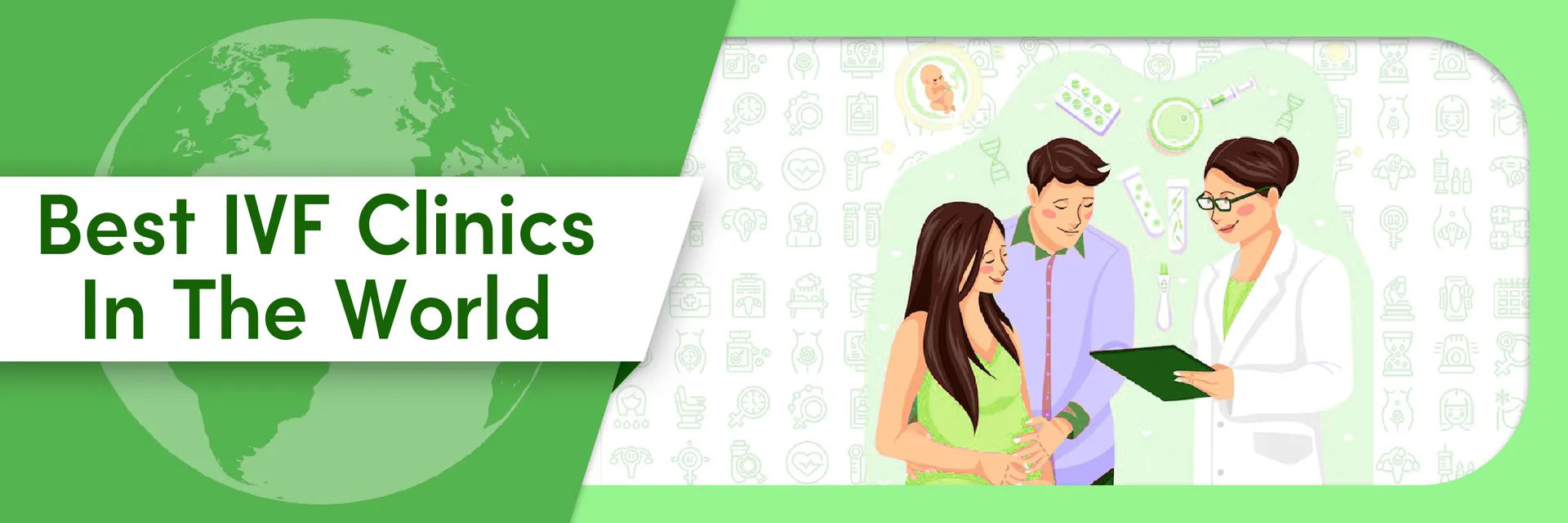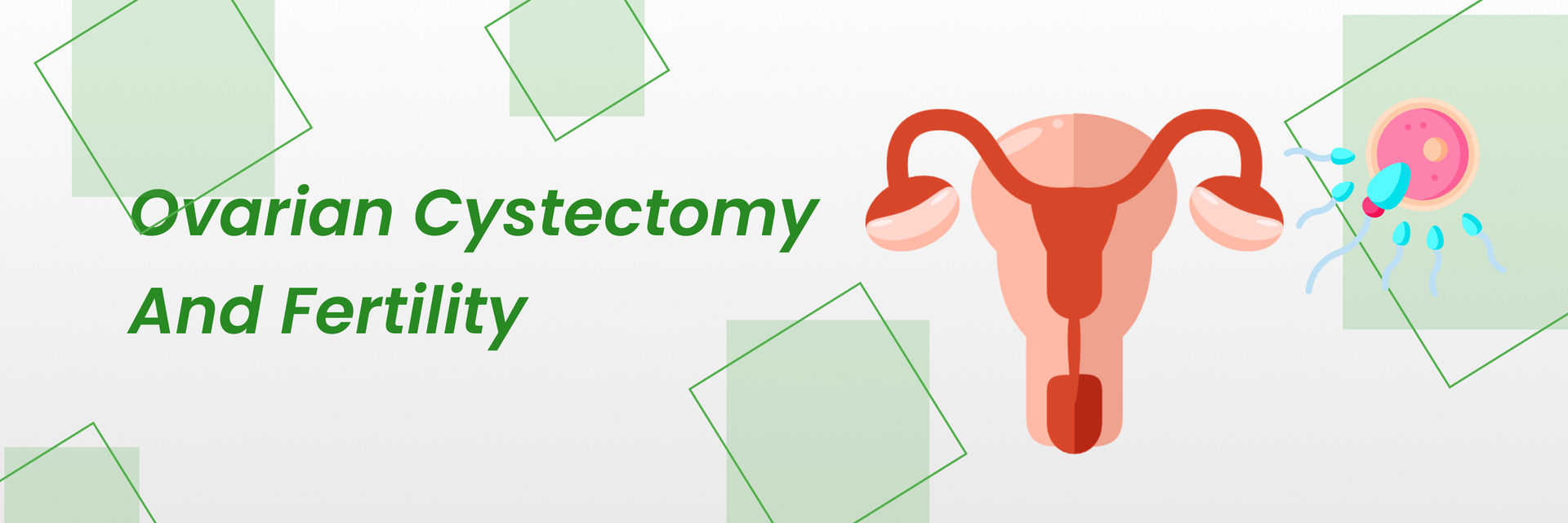Treatments like IVF are a silver lining for couples who cannot have children naturally. However, the low success rate in a single IVF cycle is a great challenge. So, in modern days the IVF specialists recommend the couples to go in for embryo freezing of the additionally developed embryos during the initial IVF cycle. These frozen embryos can be used in subsequent cycles if the first IVF cycle fails.
So, what is “Frozen embryo transfer”?
Frozen embryo transfer or FET is a fertility treatment where embryos developed in an earlier IVF cycle are frozen and preserved (cryopreservation). These cryopreserved embryos are defrosted and transferred to a female’s uterus to help her conceive a pregnancy.
The process of frozen embryo transfer is almost same as of a traditional IVF treatment with the exception that in IVF treatment fresh embryos are used whereas in FET, additional embryos developed in previous IVF cycle are used.
FET has proved to be a great advancement in the field of assisted reproductive techniques. The point to be noted is that frozen embryo can be from a female’s own first IVF cycle or can also be a donor embryo.
Talking about the history of FET, cryopreservation has existed for a long time. However, earlier techniques resulted in excessive solidification because of ice covering formation on the embryo, rendering it unproductive.
In recent times, new innovations such as “vitrification” which is a fast freezing process, has incredibly improved the results from cryopreserved embryos.
According to the data, patients who utilize solidified embryos have equivalent or higher conception rates than those from fresh IVF cycle.
Now that we have learnt the basics of frozen embryo transfer, let’s dig deep to get further insights about FET.
Why is frozen embryo transfer recommended and used?
1. Frozen embryos provide couples with additional IVF opportunities: Having frozen embryos provide the patients undergoing IVF treatment multiple chances for successful conception from a single egg and sperm recovery cycle.
In case the first fresh IVF cycle fails, frozen embryos provide a chance of attempting again for a new cycle without taking ovulation stimulation medicines and undergoing egg recovery.
The innovation of the vitrification process has resulted in high rates of successful pregnancies with single egg retrieval and sperm collection cycle.
2. FET- IVF cycles are less expensive than a fresh IVF cycle: This is because the costs of both prescription and treatment in FET cycle are not the same as in a fresh IVF cycle.
Expenses of FET treatment are reduced due to factors such as fewer doctor visits required as compared to a fresh IVF cycle, less medication cost, no requirement for egg recovery, insemination, or embryo development.
3. A FET cycle is simpler: FET cycles for the patients considered are simpler because of the fact that the couple needn't bother with medical procedure (the egg recovery) or anaesthesia.
Towards the beginning of the FET cycle, hormonal (oestrogen) infusions are utilized to set up the uterine covering and are regulated just once every three days. Every day intramuscular progesterone is included later in the cycle.
4. Frozen embryos help to overcome the negative impact that high progesterone levels have on pregnancy results: A recent study has shown if the progesterone level increases during ovulation stimulation part of a woman’s treatment cycle, the endometrium (or uterine covering) is less responsive to embryo implantation, thereby decreasing the pregnancy rates. However, if progesterone level crosses the threshold limit, the doctor may suggest solidifying all embryos instead of continuing with embryo exchange.
A FET can then be performed in a cycle without stimulation prescriptions. Research studies have shown that the embryo(s) transferred using FET results in more possibility of successful conception than in embryo exchange done in a raised progesterone level. As discussed earlier, women who have a FET have equivalent live birth rates as those who have a fresh exchange preceding their FET.
5. FET helps patients to reduce their risk of ovarian hyperstimulation syndrome: In case a doctor sees potential cautioning signs that a woman is at high risk for OHSS (high oestrogen levels and follicle numbers, fast weight increase, fluid in the pelvis, and so forth.), the doctor may suggest solidifying all embryos rather than continuing with the embryo exchange, as pregnancy may build OHSS chance. Embryo(s) in such case can securely be transferred through FET.
6. Using frozen embryos allows less complex PGD (Preimplantation genetic diagnosis): PGD is used for couples who have a danger of passing certain hereditary conditions onto their offspring. After the egg recovery and fertilization, the embryologist will remove few cells from the developing embryos selected for uterus exchange on day 5 or 6 of embryo development. The embryologist will at that point solidify the embryos while anticipating results from the biopsied cells from embryos. After testing, the embryos which are free from hereditary manipulations (and relating ailment) are selected for uterus transfer.
Not only embryo freezing helps in testing for genetic changes (PGD), embryo solidifying can also be used for preimplantation genetic screening (PGS). PGS is used to find abnormalities in chromosome number, for example, trisomy 21, which causes Down's Disorder, and others that are probably going to result in implantation failure or miscarriage.
PGS is recommended to patients with recurrent miscarriages and women of advanced ages with a high risk of chromosomal abnormalities. This testing may result in improved live birth rates.
7. Frozen embryos offer the opportunity for a couple of a second child: Frozen embryos keep up the reproductive potential for a long time providing an opportunity to the couples with frozen embryos a chance to grow their family in future.
For instance, if a couple had their first child at age greater than 35 years through IVF and had remaining embryos cryopreserved, they can return later on to have preserved embryo(s) transferred by means of FET.
How are embryos frozen?
The primary point of freezing embryos is to safeguard them for later use. The freezing of extra embryos developed in fresh IVF cycle forms the basis for FET treatment in future. Hence, it is very important to understand the process of freezing embryos.
Embryos can be solidified from Day 2 (four cell stage) to Day 5 (Blastocyst). In freezing embryos, the main challenge is the water inside the cells because when this water solidifies, crystals can be formed which can burst the cell, thereby destroying it.
To overcome this issue, the embryologist utilizes a procedure called cryopreservation.
In cryopreservation, a cryoprotectant is used. This cryoprotectant replaces the water inside the cells.
The embryologist at this point leaves the embryos to nurture in cryoprotectant before solidifying them.
Once most of the water inside the cell is expelled, the embryologist cools the embryo to its conservation state.
For this, two freezing methods are there:
- Slow Freezing: In slow freezing, the embryos are placed in closed cylinders. At that point, the temperature is gradually brought down. This prevents the ageing of embryos and diminishes the danger of damage to the embryos. But there are drawbacks of this process. Slow freezing is very time-consuming. Also, the equipment used for slow freezing is expensive, thereby leading to the high cost of the process.
- Vitrification: In this procedure, the embryologist solidifies the cryoprotected embryos so rapidly that the chances of the solidification of water inside the cell are negligible. This protects the embryos and promotes their chances of survival during defrosting for the FET process. When the process of solidification or freezing is finished, embryos are put into tanks loaded up with fluid nitrogen, which keeps the temperature at - 196° Celsius.

